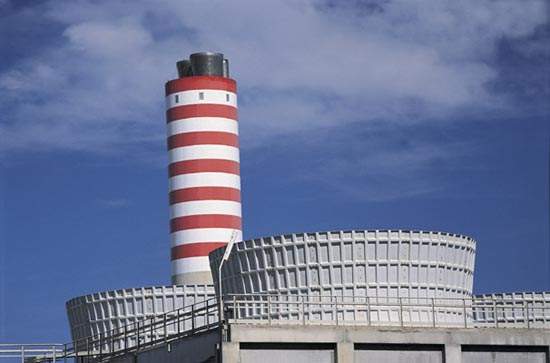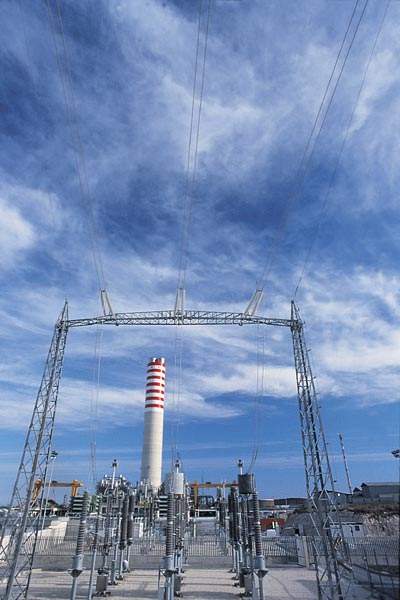The 512MW IGCC (Integrated Gasification Combined Cycle) power plant is in operation in Priolo, Sicily, Italy. The ISAB plant is 51% owned by ERG Petroli, and 49% by Edison Mission Energy. The plant is adjacent to Italy’s second-largest refinery. ERG Petroli signed a 20-year agreement to provide the feedstock (usually asphalt from the plant). There is also a gas supply agreement with SNAM Metano.
The turbines are supplied by Siemens. Two similar plants to the ISAB venture are located at Falconara Marittima (on the Italian Adriatic coast) and at Sarlux in Sardinia.
Increase in generating capacity
In 1991, Italy passed a law to create tariff incentives for independent power production. ENEL has been forced, under European Union rules, to open around 30% of its market to competition. To add to this, the country was pressurised to increase its generating capacity. Part of this pressure comes from the country’s wish to reduce its heavy dependence on electricity imports. Another factor is a referendum to end Italy’s reliance on nuclear fuels passed in the early 1990s.
The Sicilian plant is also motivated by the shrinking market for heavy oils, especially those with high sulphur content. This is one of the forces driving the increase in IGCC plants worldwide, not least across the water in Sardinia. In Europe, the reduction in heavy oil usage is driven by the European Union’s new regulations discouraging sulphur emissions from power plants. This makes heavy oils a less attractive source of fuels for power stations. Although the refinery has been able to reduce them, it still has high emissions of residual fuel oils. This suggested the adoption of residue gasification.
IGCC plant details
The original feasibility study for the IGCC plant was started by Foster Wheeler in 1991. Foster Wheeler was told to develop the plant design, in tandem with Texaco (who have extensive expertise in the area) and Ansaldo (who are an experienced power engineering supplier). Foster Wheeler formed a consortium with Snamprogetti, which won the contract in early 1996. The power units came into operation in the first half of 1999, shortly before the process units. The commissioning was somewhat delayed by technical problems.
The residue fed into the IGCC is treated beforehand. A deasphalter recovers deasphalted oil which is fed back into the refinery. The asphalt is fed into the gasification. The plant uses two Texaco quench type gasifiers to convert asphalt to syngas by mixing it with oxygen (using steam as a moderator).
The air separation unit is operated by Air Liquide and is committed to supplying 100,000m³ of 95% pure oxygen each hour. The gasification process produces carbon soot which mixes with the quench water. The soot / water is put in with recirculating naphtha stream. This creates a soot / naphtha slurry, which is fed to a naphtha stripper. The clean naphtha returns to the process. The rest of the soot / asphalt slurry is fed to the gasifiers. The stripped quench water is mostly recycled, although some is chemically treated to produce a small number of metals.
The syngas produced by the gasifier is sent through a heat recovery section where it creates steam. It then goes to a COS hydrolysis, and, lastly, to an acid gas removal section. This is designed to remove H2S. The sulphur-free syngas is humidified in order to reduce NOx emissions. The combined cycle has two Siemens gas turbines, with two heat recovery steam generators and two condensation steam turbines. These are linked into a conventional combined cycle arrangement.
The first combined cycle was commissioned in the last two months of 1998. This involved both the gas turbine and the steam turbine. The plant was connected to the national grid in December 1998. The second combined cycle was completed in May 1999. Initially, the turbines were running on gasoil. The first gasifier started producing syngas in June. However, the gas turbines only began using syngas in August. This was because, as a result of the testing period, the feed was too light.






